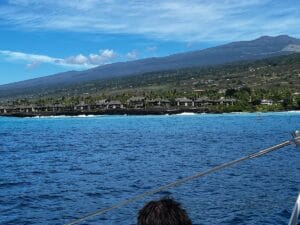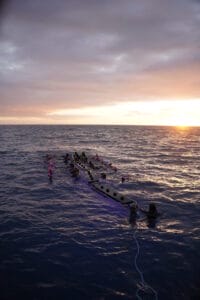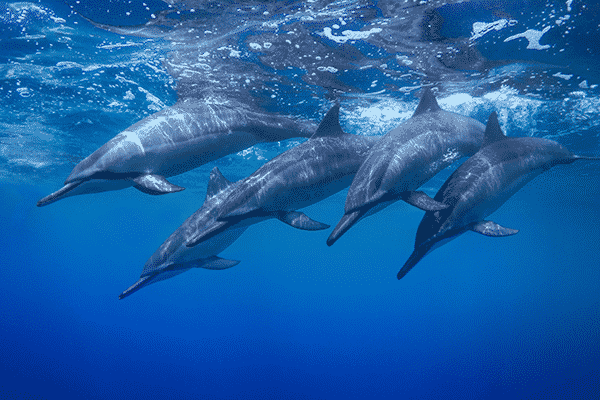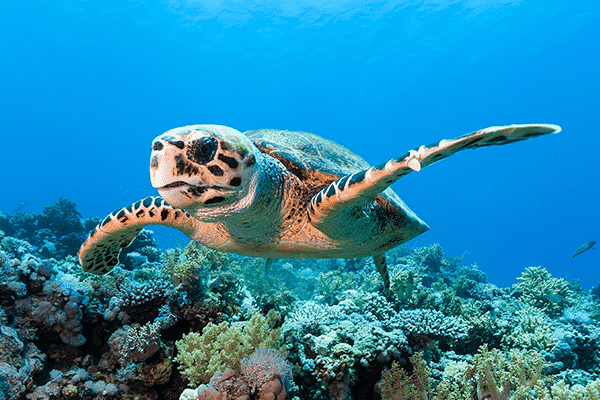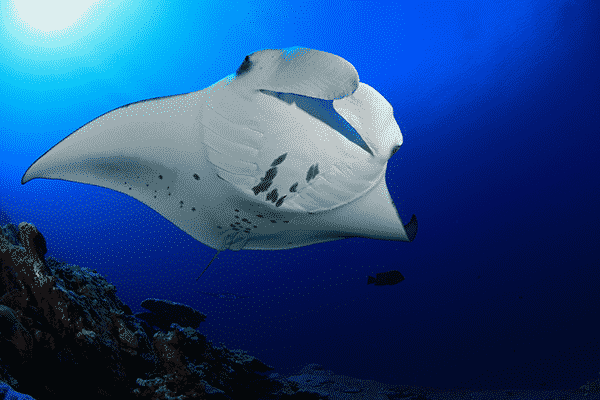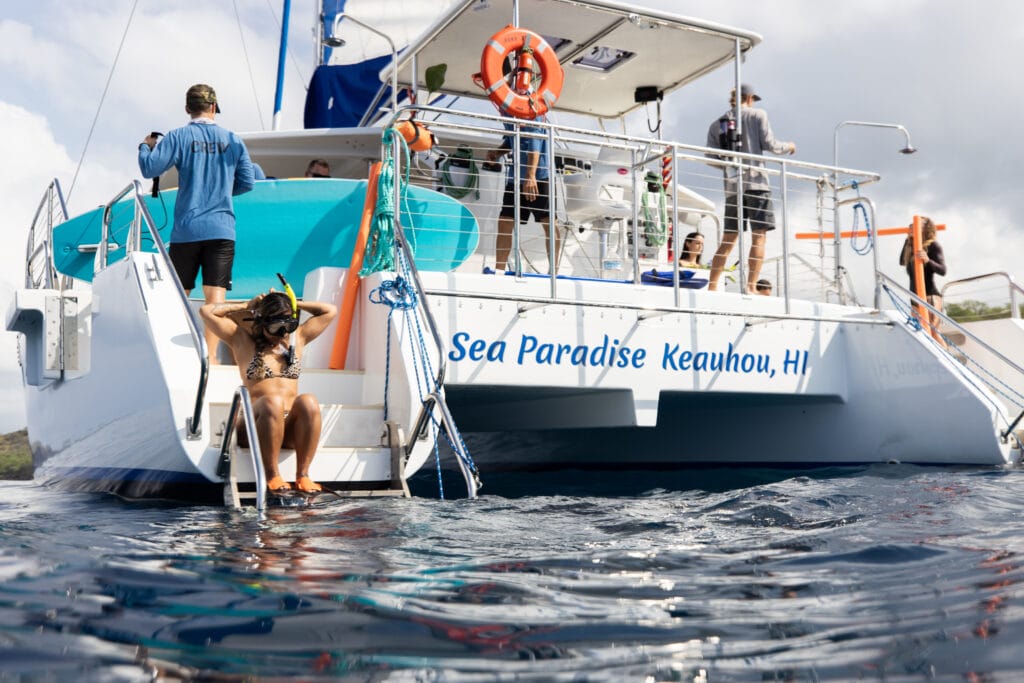A-Z Animals Staff reports on the difference between porpoises and dolphins. Our tours are the best way to get out on the water and enjoy the beauty of the sea and the animals in it!
Porpoises and dolphins are constantly mistaken for each other, even though their build can be quite different. They both nurse their young and have incredible intelligence. They are even both warm-blooded, just like any other mammal. Perhaps it is the shared gray color of their skin, but everything from their personality to the shape of their nose is drastically different.
In fact, they don’t even prefer the same habitat in the ocean, and only one of the two mammals lives any deeper than coastal waters. Which animal prefers to live in tropical waters? Which one is smarter? Let’s find out.
As easy as it is to confuse the dolphin and the porpoise in the wild, the two species are quite different. While the chart below covers some of the differences, there are 49 different species of dolphins and 7 different porpoise species.
| Porpoises | Dolphins | |
|---|---|---|
| Species | Harbour porpoise Vaquita, which is currently endangered Burmeister’s porpoise Spectacled porpoise Indo-Pacific finless porpoise Narrow-ridged finless porpoise Dall’s porpoise, which is the largest species. |
Bottlenose dolphins Spinner dolphins Pacific white-sided dolphins Pilot whale South Asian River dolphin Risso’s dolphin |
| Color variations | Primarily black, dark gray, light gray, and white | White, pink, brown, grey, blue, black |
| Nose shape | A blunt beak that blends with the rest of the face | An elongated beak that extends from the face |
| Preferred habitat | Cold waters | Temperate or tropical waters |
| Dorsal fin size | Short, sometimes rounded | Tall with a high pointed peak |
The 5 Key Differences Between Porpoises and Dolphins
Though the dorsal fin and the appearance from above the water may fool you, make no mistake – the porpoise and the dolphin have many physical and intellectual differences that can make them easy to identify. Let’s take a look at the ways that these two mammals vary.
Porpoise vs Dolphin: A Notable Nose
Perhaps the easiest way to tell dolphins and porpoises apart is the shape of their nose. The porpoise, regardless of the species, has a rather flat nose, and there’s no beak that extends from its face. The dolphin, on the other hand, has a rather long and large nose, extending several inches from the rest of its face.
The rest of their face is much different as well. As a result of this nose, the dolphin tends to have a bigger mouth. They also have a long and lean body and a much larger dorsal fin, directly contradicting the thicker and shorter physique of the porpoise.
Porpoise vs Dolphin: Natural Habitat
The natural habitat seems to be another easy way to differentiate these animals. Both the dolphin and the porpoise will swim in coastal waters as their main location. The porpoise requires waters of no greater than 650 depths, allowing them to live in both freshwater and saltwater. More specifically, their typical location is in northern areas of the Pacific and Atlantic Oceans, though some live in the Black Sea as well.
Depending on the species, dolphins have a much broader selection in their habitat. They prefer a warmer habitat, so they can be found in a tropical or temperate location with much deeper waters than porpoises will ever venture.
Porpoise vs Dolphin: Who’s Smarter?
The dolphin is constantly praised for its intelligence, but is it truly smarter than the porpoise? Both have incredible intelligence, but the dolphin wins this battle. They have much more curiosity about their surroundings and the people around them. Dolphins even have names for each other!
Don’t sell the porpoise short though! Their intelligence is controlled by a large brain as well, and they still have incredible self-awareness like humans.
Porpoise vs Dolphin: Differences in Color
Even with seven different species, there are extraordinarily few color variations in porpoises. For the most part, they are only seen in black, shades of gray, and white. In fact, the largest species looks strikingly close to the orca whale.
Dolphins, on the other hand, have many colors amongst their four dozen species. While some are deep shades of gray and white, they are also seen in a navy blue, pink, and brown. Some even have unique patterns.
Porpoise vs Dolphin: Sea Life Aggressors
Everyone sees the dolphin as the friendly and fun animal that they typically see during whale watching excursions and large aquariums, but they can be rather brutal. Dolphins have quite a reputation for hunting down porpoises in some kind of entertainment. They’ll bite and throw them, and their teeth have left markings and scars on dead porpoises that have washed ashore. Their sharp teeth leave rather large gashes along their entire body.
Do dolphins kill porpoises?
Porpoises, on the other hand, don’t typically reciprocate the aggression, even though their teeth would allow it.
Yes. The porpoise isn’t any part of the diet of the dolphin, but they will still bite them, play catch with their bodies, and ram them. The way that they behave with the porpoise is much like the way a cat will play with a dead mouse.
Can porpoises and dolphins mate?
Yes, it is possible for these species to mate. According to recent studies, the hybrid variations of these breeds have proven to be fertile, and they can produce additional hybrid offspring.




